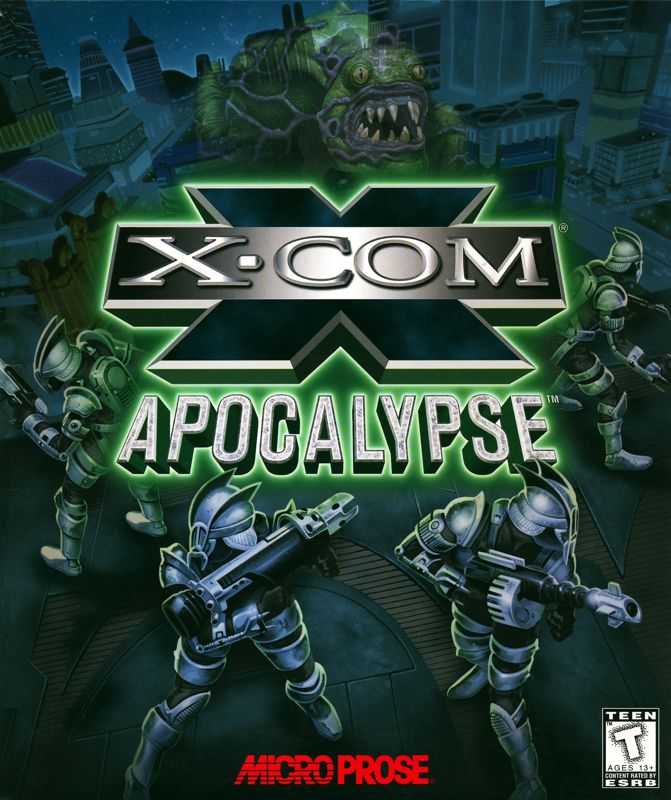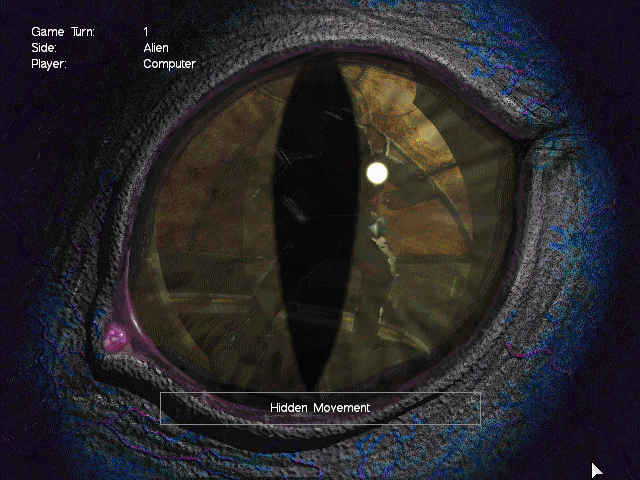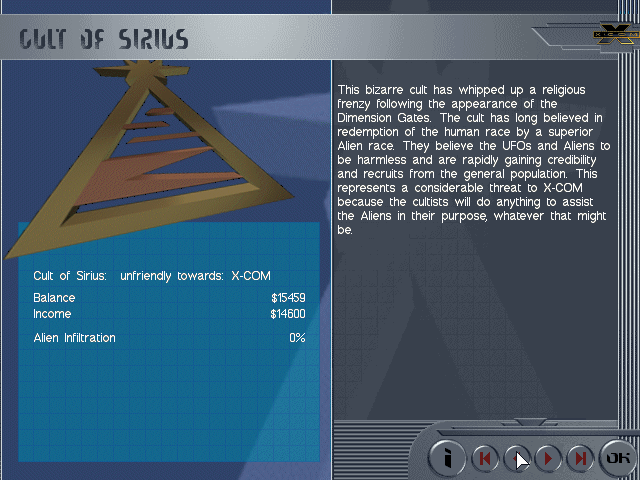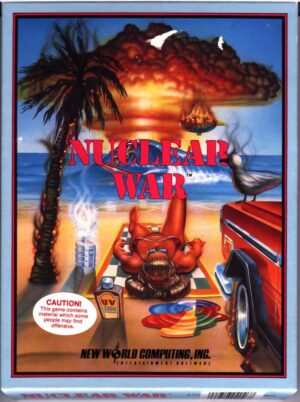Retro Replay Review
Gameplay
X-COM: Apocalypse blends high-level management with on-the-ground tactical combat in a way that pushes players to think on multiple scales. In the Cityscape view, you’re responsible for juggling budgets, deploying vehicles, monitoring UFO activity, and maintaining good relations with powerful human factions. Every decision—from where you position your skimmer patrols to which research project you prioritize—can have far-reaching consequences for your defensive network.
(HEY YOU!! We hope you enjoy! We try not to run ads. So basically, this is a very expensive hobby running this site. Please consider joining us for updates, forums, and more. Network w/ us to make some cash or friends while retro gaming, and you can win some free retro games for posting. Okay, carry on 👍)
When a UFO lands or an alien infiltration is detected, the action shifts seamlessly into the Battlescape, where you command squads of soldiers or mechanized units in either turn-based or real-time combat. This dual-mode system lets you choose the pacing that suits your style: pause-and-plan aficionados can take their time in turn-based mode, while adrenaline junkies can keep things fluid with real-time. Tactical depth comes from a rich arsenal of human and reverse-engineered alien weaponry, cover mechanics, and specialized equipment like motion scanners and chem-launchers.
The interplay between macro strategy and micro tactics is where X-COM: Apocalypse really shines. Capturing live aliens and salvaging alien technology feeds back into your R&D pipeline, unlocking powerful upgrades and new gear. At the same time, you must keep an eye on cash flow: recruiting soldiers, purchasing munitions, and maintaining base facilities all cost resources, while various city factions demand favors or threaten to withdraw support. This constant tension keeps every mission meaningful and every strategic choice loaded with risk and reward.
Graphics
For its time, X-COM: Apocalypse represented a substantial upgrade over its predecessors with VGA graphics that render the sprawling cityscape of Mega-Primus and the alien-infested interiors in vivid detail. The Cityscape interface features an isometric grid that clearly displays streets, structures, and vehicles, allowing you to plan patrol routes and intercept points with relative ease. Unit sprites in both modes boast fluid animations, from soldiers ducking behind barriers to UFOs looming ominously overhead.
In the Battlescape, the aesthetic shifts to enclosed urban and industrial environments, complete with destructible walls, flickering lights, and detailed alien architecture. The color palette leans toward gritty browns and greys, punctuated by the neon glows of alien technology, creating an atmosphere that feels suitably dystopian. Particle effects for explosions and weapon fire add flair to firefights without overwhelming the screen, ensuring you can still track multiple squads in the heat of battle.
While modern gamers might find the resolution and polygon count modest by today’s standards, the art direction and level design hold up remarkably well. The distinct look of each human faction’s territory—corporate high-rises, slum blocks, cultist shrines—provides visual variety and helps convey the power struggles that underpin the city. A handful of community mods even up the resolution and tweak textures, proving that a solid graphical foundation can still shine years later.
Story
Set in the towering metropolis of Mega-Primus, X-COM: Apocalypse unfolds against the backdrop of a world stripped of most natural resources and packed into a single self-sufficient citadel. Just as humanity begins to breathe a sigh of relief, a mysterious portal opens in the sky and waves of UFOs descend, reigniting the Alien War. You step into the shoes of the newly reinstated X-COM organization, tasked with saving the last bastion of civilization from complete annihilation.
Though the narrative arc is relatively sparse—relying on mission briefings, occasional cutscenes, and in-game dialogue—it provides enough context to make every incursion feel significant. The inclusion of rival human factions (cultists who see aliens as gods, mafias vying for turf, and corporate security forces with their own agendas) further enriches the storyline. Their shifting allegiances and occasional skirmishes with X-COM force you to negotiate, placate, or combat these groups as you hunt the true alien mastermind behind the portal.
What the game lacks in cinematic flair it makes up for in dynamic, player-driven storytelling. Each campaign evolves differently based on your success in missions, your diplomatic decisions, and even sheer luck. From thwarting a cult sacrifice deep in the industrial district to stopping a high-speed UFO chase across neon-lit streets, the emergent moments you experience become the heart of your personal X-COM saga.
Overall Experience
X-COM: Apocalypse is a masterclass in complexity and scope, offering one of the deepest strategy experiences of its era. The seamless fusion of base management, citywide operations, and tactical squad combat rewards players who relish multitasking and strategic foresight. The choice between real-time and turn-based combat caters to diverse playstyles, while the multi-faction politics add an extra layer of intrigue to every decision.
However, this depth comes with a learning curve. The UI can feel daunting at first, and keeping track of research projects, budgets, and faction influence requires meticulous attention. Newcomers to the series may need a few hours to acclimate to the interface and the pacing of citywide operations. Yet once you grasp the fundamentals, the satisfaction of orchestrating a flawless defense—or recovering from a disastrous alien incursion through quick thinking and adaptability—is immensely rewarding.
Today, X-COM: Apocalypse remains a standout title for strategy enthusiasts seeking a rich, challenging experience. Its blend of resource management, tactical combat, and narrative emergent gameplay lays the groundwork for many modern strategy games. If you’re eager to dive into a dense, multi-layered campaign where your choices truly matter and every mission can change the fate of Mega-Primus, this installment is well worth your time.
 Retro Replay Retro Replay gaming reviews, news, emulation, geek stuff and more!
Retro Replay Retro Replay gaming reviews, news, emulation, geek stuff and more!









Reviews
There are no reviews yet.